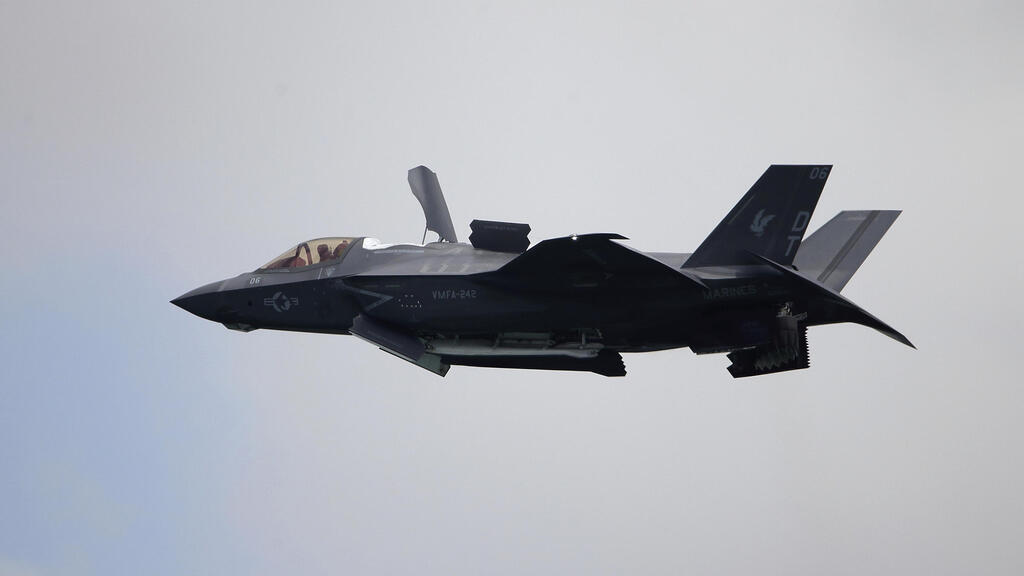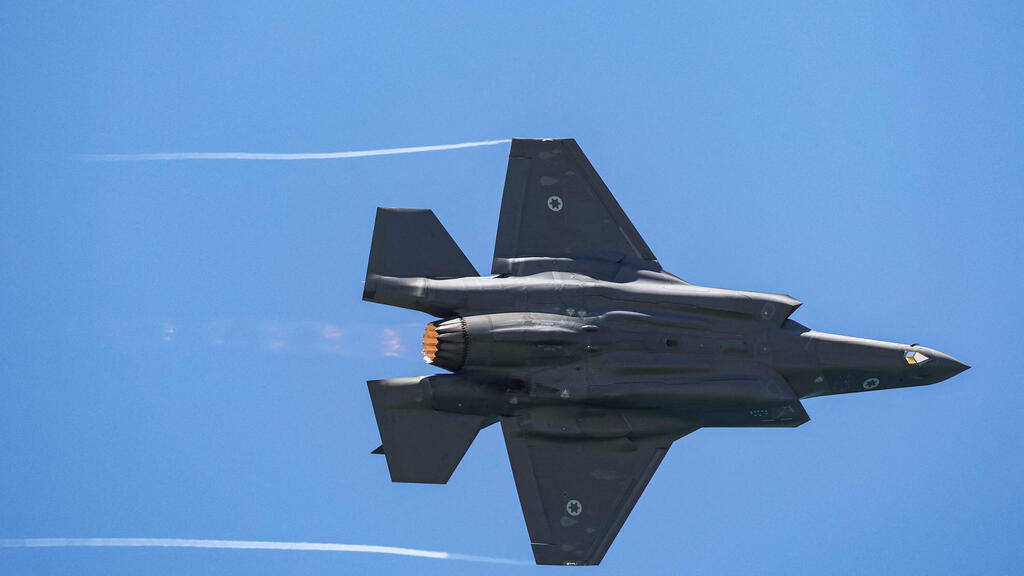Getting your Trinity Audio player ready...
The Pentagon has identified significant challenges with the F-35 stealth strike fighter jets, critical to Israel’s Air Force operations, according to a classified 382-page report.
The F-35, known as "Adir" in Israel, faces issues with stealth reliability, maintenance systems and operational efficiency, raising questions about the world’s most expensive weapons system, which has cost $1.8 trillion to develop.
The report revealed recurring malfunctions in the jet's prognostic health management system, designed to detect issues automatically. High false alarm rates—averaging one per hour instead of the standard one per 50 hours—have complicated maintenance and delayed missions. The report also noted problems with the F-35’s lethality due to design flaws in its gun systems and challenges maintaining its low-observability signature, a cornerstone of its stealth capabilities.
Operational availability is another concern, with repair times twice as long as required, limiting the aircraft's mission readiness. Despite its advanced design to counter threats from adversaries like China and Russia, the F-35 has undergone only one relevant test to evaluate this capability.
Cyber vulnerabilities also emerged as a critical issue, with the Pentagon urging Lockheed Martin to enhance defenses against digital threats. The company responded, citing significant investments in cybersecurity.
Lockheed Martin defended the jet, stating that over 90% of its systems meet required standards and attributing many issues to logistical failures rather than design flaws. However, the report’s findings reignite debates over the F-35’s cost-effectiveness and suitability for long-range missions.
Israeli strike on Iran in October
Israel has purchased 75 F-35 jets tailored to its unique requirements, incorporating advanced local technologies for electronic warfare and data security. Since their 2016 deployment, 39 operational Israeli F-35s have participated in missions, including covert strikes in Syria and drone interceptions. Each jet costs $120 million, with future deliveries funded by U.S. military aid.
Get the Ynetnews app on your smartphone: Google Play: https://bit.ly/4eJ37pE | Apple App Store: https://bit.ly/3ZL7iNv
Since its deployment in the Israeli Air Force in 2016, the F-35 has played a pivotal role in numerous missions, including precision strikes in Syria and its landmark downing of two Iranian drones in 2021, marking its first aerial victories.
Globally, the U.S. has sold over 1,000 F-35 jets, but Israel was the first to deploy the aircraft in combat, striking Iranian targets in Syria in April and May 2018.
The Adir has also been central in operations against Hamas in Gaza, Houthi rebels in Yemen, and in July, it reportedly participated in an attack on Iranian targets. Foreign sources allege it was used in a strike on Damascus that killed a senior IRGC commander at the Iranian consulate.
Despite its operational success, criticism of the F-35's high maintenance costs and reliability has sparked debate in the U.S. about whether the aircraft is fit for sustained long-range missions.








